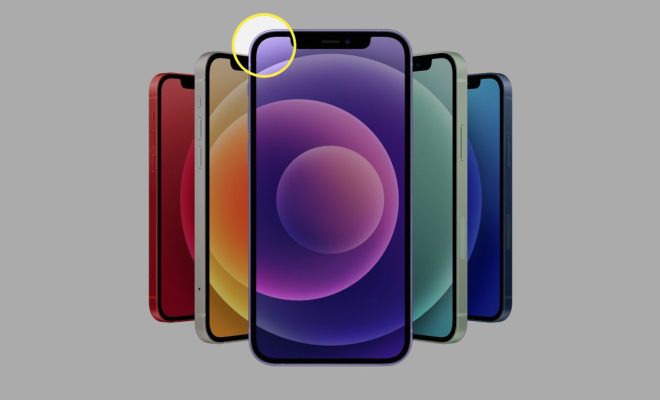What’s the Difference Between an APU, CPU, and GPU?

In today’s powerful world of computers, there are numerous components that are critical to making your computer function correctly. Among these components are the central processing unit (CPU), the graphics processing unit (GPU), and the accelerated processing unit (APU). Although these three components are essential, many people still confuse them and don’t understand their differences.
Let’s start with the CPU, which is the primary chip that is responsible for the automation of computer processes. It is considered the brain of the computer system and handles complex calculations rapidly. It works together with other components such as the motherboard, memory, and storage devices to ensure that a computer runs smoothly. CPUs are general-purpose processors and are suitable for most typical computing tasks.
On the other hand, the GPU is a specialized processor designed explicitly for graphics rendering. It is responsible for processing the images, videos, and visual effects that you see on your computer screen. In recent years, GPUs have become increasingly powerful and capable of performing complex tasks like artificial intelligence and deep learning.
Finally, we have APU, which is a hybrid processor that combines the CPU and GPU functions in one chip. The APU has improved graphics processing capabilities, making it ideal for low-power computing devices like laptops, tablets, and smartphones. These processors provide excellent performance with lower power consumption, making them an excellent choice for mobile computing.
In summary, here is a quick overview of the three components:
– CPU: The primary processor that manages general-purpose computing tasks and handles most calculations.
– GPU: A specialized processor designed for graphics processing, including rendering images and videos, and displaying them on your computer screen.
– APU: A hybrid processor that combines the CPU and GPU functions in a single chip, providing excellent graphics performance and low power consumption.






